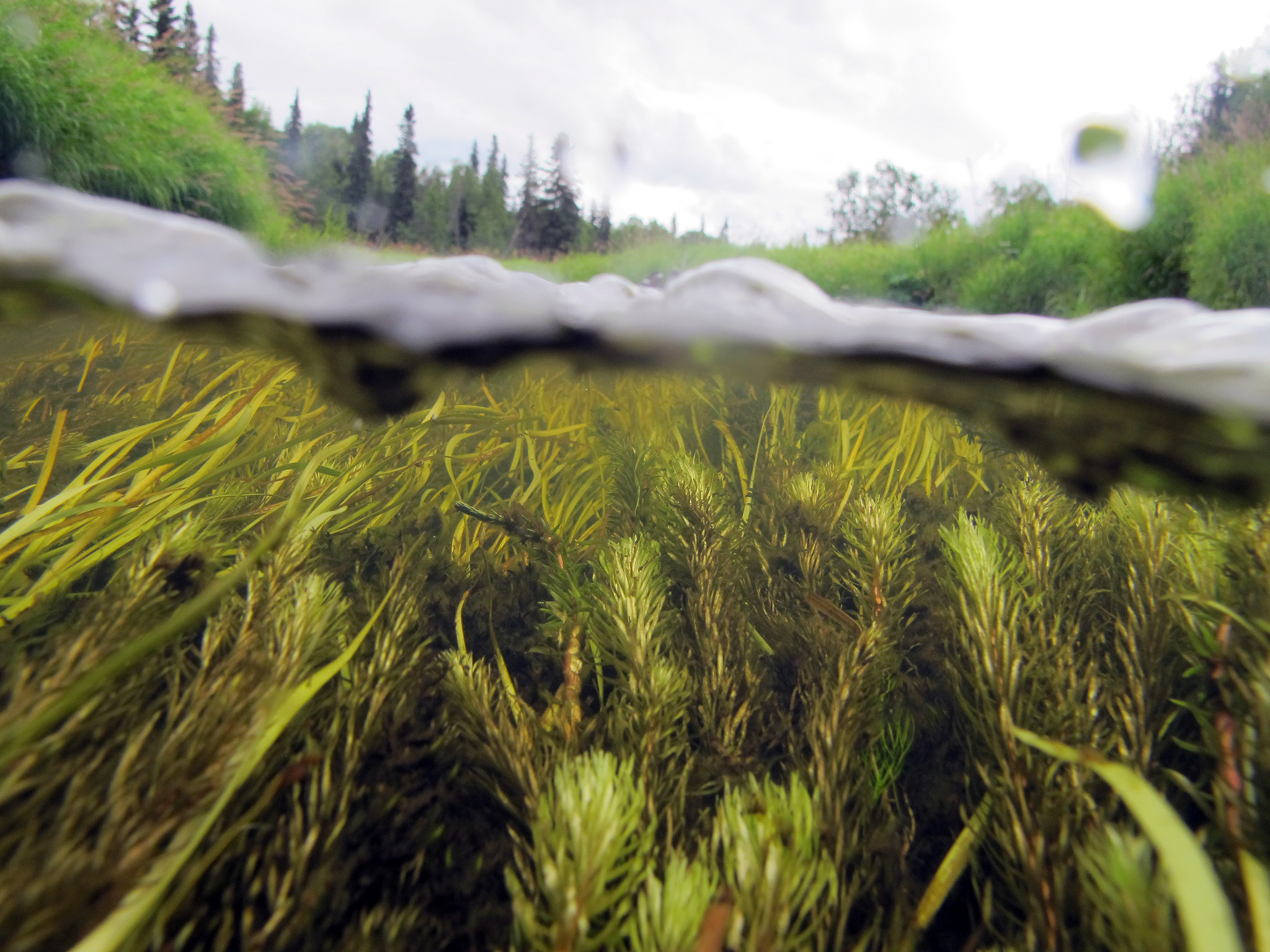
The Kenai Peninsula Aquatic Ecosystem Restoration Project (Project) will help restore physical and biological processes within the Kasilof and Anchor River Watersheds in order to contribute to a healthy, productive and biologically diverse ecosystem for the benefit of injured species and services. This project addresses root causes to ecosystem impacts by eliminating four aquatic organism passage barriers in the Kasilof and Anchor River Watersheds in order to restore healthy ecosystems in these watersheds. This project builds on the long standings interest of multiple state and federal agencies and organizations (e.g. Kenai Watershed Forum, Trout Unlimited) to restore physical and biological processes within these and other watersheds on the Peninsula. This project supports the overarching stated goal of the Exxon Valdez Oil Spill Trustee Council (EVOSTC) Restoration Program by providing benefits to injured resources and services, and helping to sustain healthy, productive ecosystems in order to maintain naturally occurring diversity.
Purpose of the project:
The Kenai Peninsula Aquatic Ecosystem Restoration Project (Project) will help restore physical and biological processes within the Kasilof and Anchor River Watersheds in order to contribute to a healthy, productive and biologically diverse ecosystem for the benefit of injured species and services. This project addresses root causes to ecosystem impacts by eliminating four aquatic organism passage barriers in the Kasilof and Anchor River Watersheds in order to restore healthy ecosystems in these watersheds. This project builds on the long standings interest of multiple state and federal agencies and organizations (e.g. Kenai Watershed Forum, Trout Unlimited) to restore physical and biological processes within these and other watersheds on the Peninsula. This project supports the overarching stated goal of the Exxon Valdez Oil Spill Trustee Council (EVOSTC) Restoration Program by providing benefits to injured resources and services, and helping to sustain healthy, productive ecosystems in order to maintain naturally occurring diversity.
Completion of this project will improve the channel structure and function of stream communities and their surrounding terrestrial communities and help to maintain a healthy productive ecosystem for the benefit of injured and recovery species and services, as well as other fish and wildlife. The project occurs in watersheds that contain prior EVOSTC-funded habitat acquisitions. Investment in this project will benefit these acquisitions, provide additional habitat benefits to enhance EVOSTC habitat values not otherwise being considered and leverage state and federal resources. The project dovetails with existing ADOT planned for this area and ADOT has been generous with their staff time in planning and analysis of potential work that would benefit EVOSTC habitat values in the area.
The project addresses one of the five categories of allowable restoration activities identified in the EVOS Restoration Plan (1994).
The EVOSTC and agency stafff approved $7.5 million towardsthe total estimated $26 million project costs. The EVOS funds will be managed by the Alaska Department of Fish and Game, in collaboration with US FWS, NOAA, ADOT, Kenai Watershed Forum and other organizations. This level of funding is anticipated to attract the additional funding needed to complete the project and will allow EVOSTC and agency staff to continue to invest time into developing and completing project objectives Crooked Creek is a major tributary to the Kasilof River and supports the majority of the salmonid production in this watershed. Crooked Creek is a 46 mile-long non-glacial stream that flows northwest from about 1,500’ elevation in the northern Caribou Hills to RM 6.5 of the Kasilof River. The upper 29 miles are within Congressionally-designated Wilderness of the Kenai National Wildlife Refuge. The lower 31.6 miles are designated as a state-listed anadromous
stream with steelhead, Dolly Varden, pink salmon, Pacific lamprey, and spawning Coho, king, and sockeye salmon.
The Crooked Creek watershed is 35,141 acres and much of the lower 16.5 miles that is outside the federal conservation unit is surrounded by riparian wetlands. The stream flows through Johnson Lake State Recreation Site, popular for camping by both residents and tourists, and the mouth is protected within Crooked Creek State Recreation Area, a recreational area that supports many passive uses and has high visitation during the angling season. The culvert at this site are undersized and perched, preventing the movement of almost all juvenile salmonids and impacting stream channel processes.
Project Timeline:
2015 - 2020
Project Partners:
Alaska Department of Fish & Game, U.S. Fish and Wildlife Service, NOAA, Kenai Watershed Forum, Trout Unlimited, Kenai Peninsula Fish
Habitat
